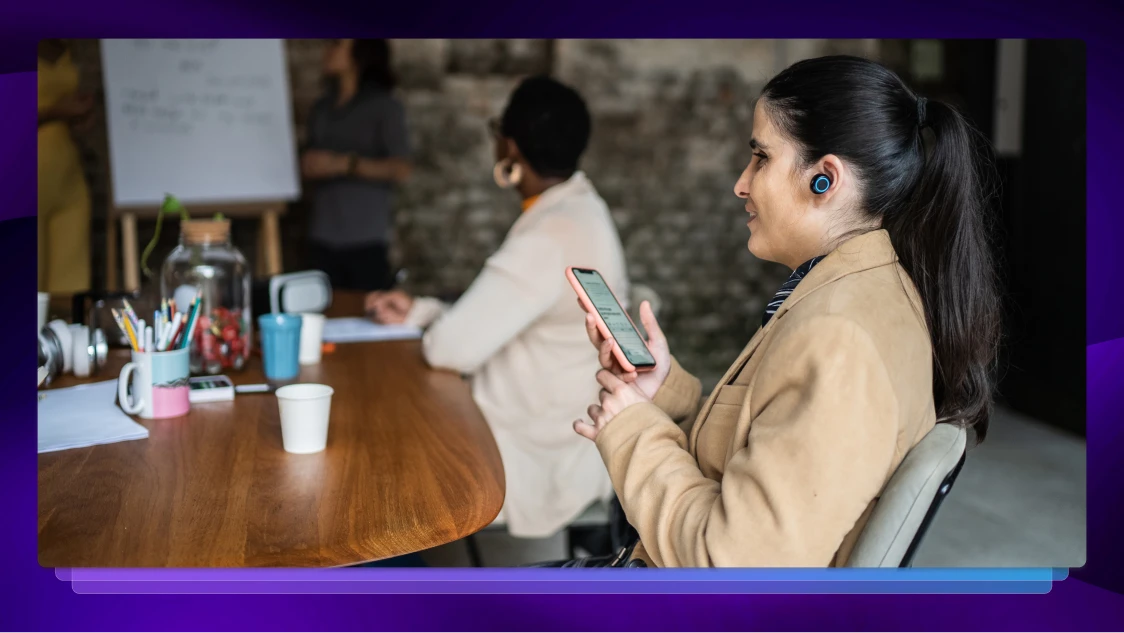The Benefits of Using Live Captions for Webinars
Webinars are useful tools for both businesses and educational institutions. Learn how live captions will make your webinars more accessible and engaging.

Webinars are an effective and affordable tool to build brand awareness and engage with an audience on a global scale. Companies and educational institutions both leverage webinars to generate business, provide training materials, and reach people regardless of their geographical location.
For businesses, webinars are an invaluable marketing and sales resource. In fact, 73% of marketers and sales leaders identified webinars as the best way to generate high-quality leads.
Colleges and universities also leverage webinar technology to promote their schools, train faculty, and much more. And legal experts often attend webinars to expand their skillset.
Regardless of how an organization uses webinars, it’s vital that your audience leaves the webcast satisfied with their experience. That satisfaction can depend on many factors, including the quality of the content, the performance of the speakers, or the length of the session. But one factor that sometimes gets overlooked is accessibility — will the session be equally inclusive to all audience members?
Offering real-time, live closed captions in your webinars is a simple method of making your webcasts more accessible, but doing so goes a long way. Here are a few of the benefits of using live captions for webinars.
1. Improve Accessibility
Live captions ensure that everyone tuning into your webinar can understand what’s being said. For audience members who may be deaf or hard-of-hearing, live closed captions are a necessity. If somebody suffering from hearing loss logs into your webinar and sees that there is no live captioning option, it’s very likely that they’ll close out of the session immediately.
2. Increase Comprehension and Engagement
Live captions don’t just benefit audience members with some degree of hearing loss — in fact, many of your attendees benefit from seeing the text of what speakers are saying. Approximately 65% of the world’s population are visual learners. Having a visual anchor on-screen can help keep your audience focused on the material and less likely to check their email.
Furthermore, live captions benefit those audience members who may be working in an environment with background noise. This is especially helpful at a time when so many people are working from home and may not be able to control the level of noise in their immediate surroundings. One missed point or misheard comment can negatively impact a webinar experience — live captions help ensure that doesn’t happen.
3. Enhance Experience for ESL Attendees
If you’re offering your webinar to a wide audience, live captions will be a helpful aid to those attendees who might speak English as a second language. In the U.S., a record 67.8 million people speak a language other than English at home. Live captions can help these attendees improve language comprehension, including pronunciation, syntax, and more.
4. Strengthen Web Content with Transcripts
Transcribing the audio from your captioned webinars can improve your Google SEO rankings, helping your content appear in more search results. Additionally, transcripts of the webinar allow you to more easily repurpose that content. Maybe the session produced the perfect outline for an eBook, or a series of blog posts. Either way, captions and transcripts will uncover more opportunities to use your content to the fullest extent.















